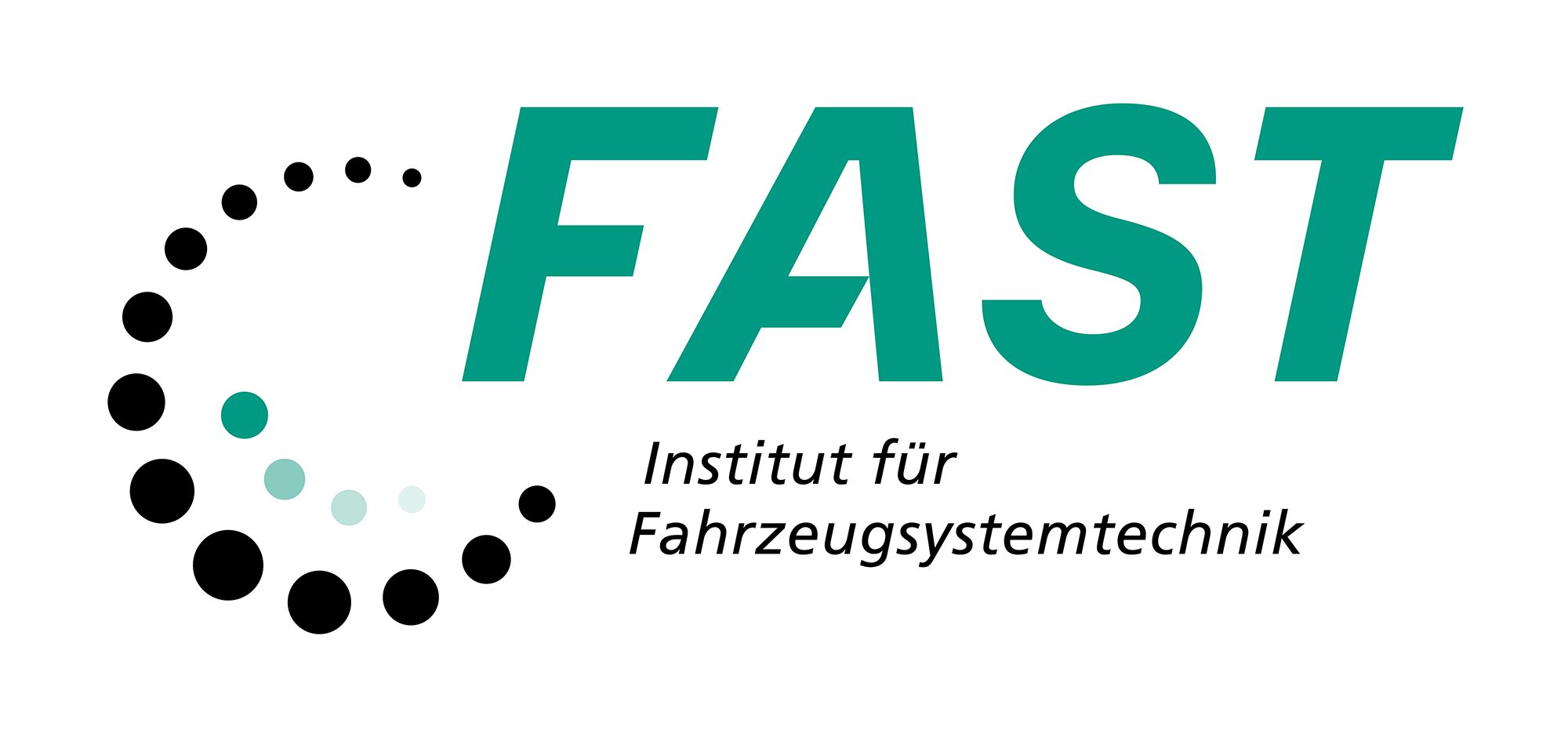Simulation der Prozesskette kontinuierlich verstärkter Faserverbundbauteile
- type: Lecture / Practice (VÜ)
-
chair:
KIT-Fakultäten - KIT-Fakultät für Maschinenbau - Institut für Fahrzeugsystemtechnik - Bereich Leichtbau
KIT-Fakultäten - KIT-Fakultät für Maschinenbau - Institut für Fahrzeugsystemtechnik
KIT-Fakultäten - KIT-Fakultät für Maschinenbau - semester: SS 2025
-
time:
Mon 2025-04-28
09:45 - 11:15, weekly
20.30 Seminarraum -1.009 (UG)
20.30 Kollegiengebäude Mathematik (UG)
more...
- lecturer: Prof. Dr.-Ing. Luise Kärger
- sws: 2
- lv-no.: 2114107
- information: On-Site
| Content | The lecture deals with methods for the calculation of FRP components with continuous fiber reinforcement and provides the necessary understanding of materials and processes. The material behavior of fiber composites is largely determined by the fiber structure. This must be suitably modeled in the single layer and in the multilayer composite in order to be able to reliably predict the deformation and damage behavior of FRP components. In the case of curved components, the fiber structure is only created during the manufacturing process, specifically during the forming (draping) of the two-dimensional semi-finished products into a three-dimensional structure (preform). In addition, there is the mold filling process, in which the preform is infiltrated with a reactive resin system, as well as the curing process, which can lead to distortion and residual stresses. In addition to the simulation of structural behavior, process simulation is therefore an essential building block for the holistic development of fiber composite components. The main contents are:
Study goals: The students understand that the microstructure of fibre reinforces plastics (FRP) and the resulting material behavior is mainly influenced by the manufacturing process. They know the simulation steps needed to virtually describe the process chain of RTM (resin transfer molding) parts. They are able to explain the principal mechanical processes of draping, molding and curing and can name their influences on the structural behavior. Workload: lectures: 21h, preparation of examination: 63h |
| Language of instruction | German |
| Bibliography | Altenbach, J. Altenbach, and R. Rikards: Einführung in die Mechanik der Laminat- und Sandwichtragwerke. Deutscher Verlag für Grundstoffindustrie, Stuttgart, 1. edition, 1996. Altenbach, J. Altenbach, W. Kissing; Mechanics of Composite Structural Elements . ISBN 978-3-642-07411-0 Springer-Verlag Berlin Heidelberg, 2004. Barbero, J.: Introduction to Composite Materials Design. CRC Press, Boca Raton, FL, 2. edition, 2011. Bickerton, S.; Sozer, E.M. Simacek, P. and Advani, S.G.: “Fabric structure and mold curvature effects on preform permeability and mold filling in the RTM process. Part II. Predictions and comparisons with experiments”. Composites Part A 31: 439–458, 2000. Henning, F.; Moeller, E.: Handbuch Leichtbau: Methoden, Werkstoffe, Fertigung. Carl Hanser Verlag GmbH & Co. KG, 2011. Kärger, L.; Bernath, A.; Fritz, F.; Galkin, S.; Magagnato, D.; Oeckerath, A.; Schön, A.; Henning, F.: Development and validation of a CAE chain for unidirectional fibre reinforced composite components. Composite Structures 132: 350–358, 2015. Puck A: Festigkeitsanalyse von Faser-Matrix-Laminaten, Modelle für die Praxis. Carl Hanser Verlag, München, Wien, 1. edition, 1996. Schürmann H: Konstruieren mit Faserverbundwerkstoffen. ISBN 3-540-40283-7 . Springer Verlag, 2005. Stephen W. Tsai and J. Daniel D. Melo: Composite Materials Design and Testing. Composites Design Group, 978-0-9860845-1-5 Stanford University , 2015. |

